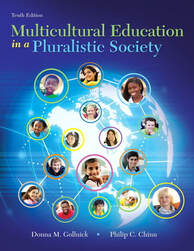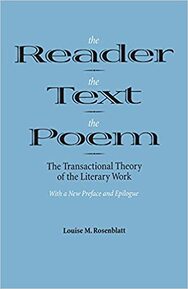| As I start again, I am aware my students will all approach this course with different life experiences. The single common factor might be that they are all taking a graduate course in Literacy Education. What else might they have in common? Teaching experience? Perhaps, but in reality they have taught at different grade levels and at different schools. If you are in education for any length of time you realize that every school has its own climate and culture. You also understand that teachers carry with them their own sense of an educational mission. How they understand instruction will vary. Some will favor a tightly controlled curriculum with little room for flexibility and others will lean into inquiry and try to go where that leads them and their students. How do I structure a class that will explore Multicultural Literature? Remember, it isn’t an English course. It is a course in Education. In my mind, this implies that we will consider how it might be taught, how it might be received by students, and how we interpret or understand various understandings of the categories and definitions of multiculturalism. Given our different experiences do we share the same assumptions about education--or the world? I doubt it. Will there be, as Stanley Fish asks, “a text in this class? |
| As the instructor, I have planned a course and picked some books. For this course, I am combining three foci. The first is Multicultural Education as explained by Gollinick and Chinn in their newest edition (the 11th) of Multicultural Education in Pluralistic Society. In this book they outline seven categories of multiculturalism--class, ethnicity & race, gender, exceptionality, religion, language, and age. The second focus will be to introduce Reader Response Criticism by reading articles and chapters that represent some of the foundation positions of this theory. For the third focus I will be using young adult novels for the examples of multicultural literature. I have chosen thirteen novels that represent at least one of the seven categories outlined by Gollnick and Chinn. In most cases they represent two or more. |
As the class experiences these texts together, it is clear that we will experience them differently. Together, I hope that we can have conversations that will help us reconsider our first reactions. Once again, Is There a Text in This Class? I hope so and I hope it leads to a productive community experience.





 RSS Feed
RSS Feed